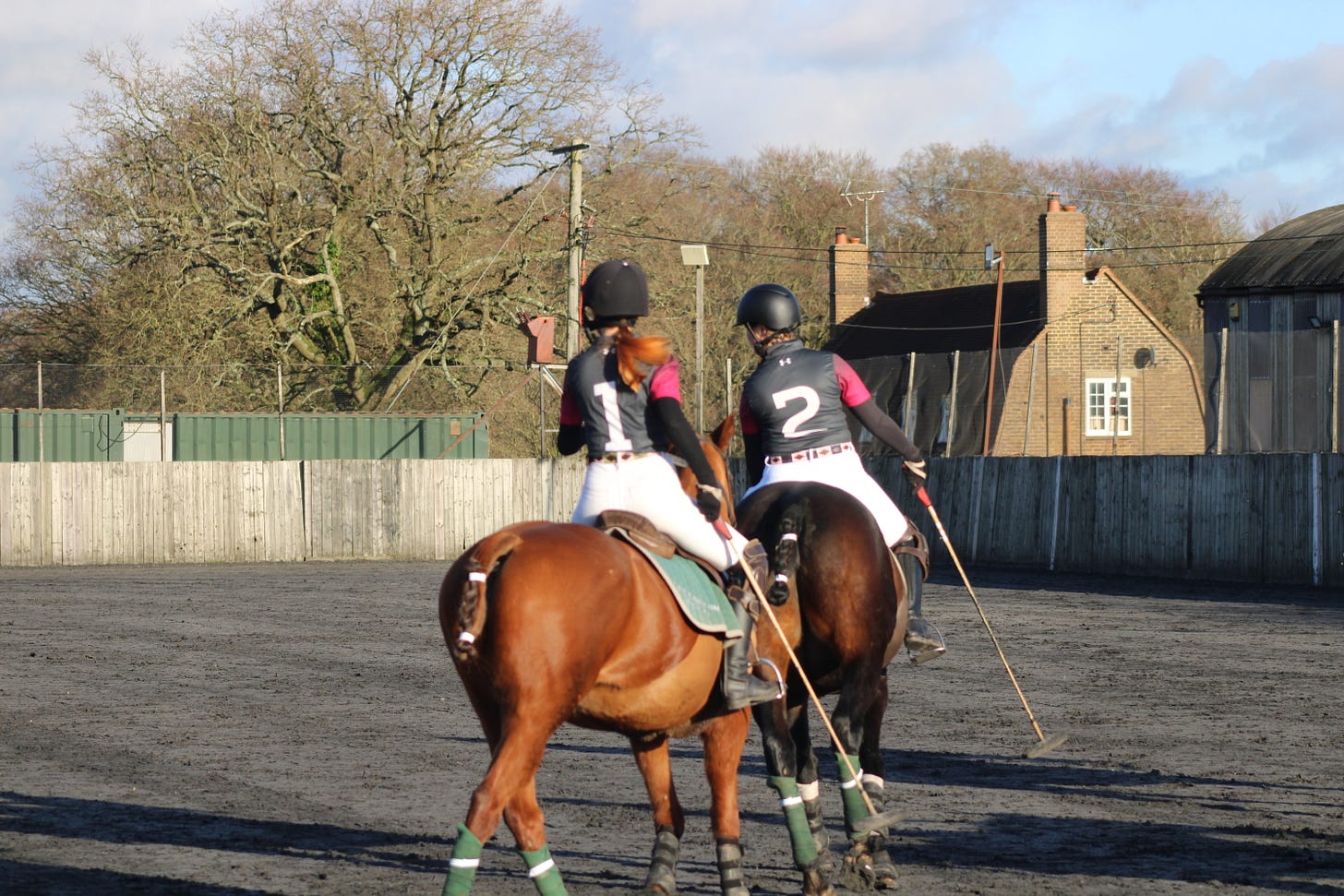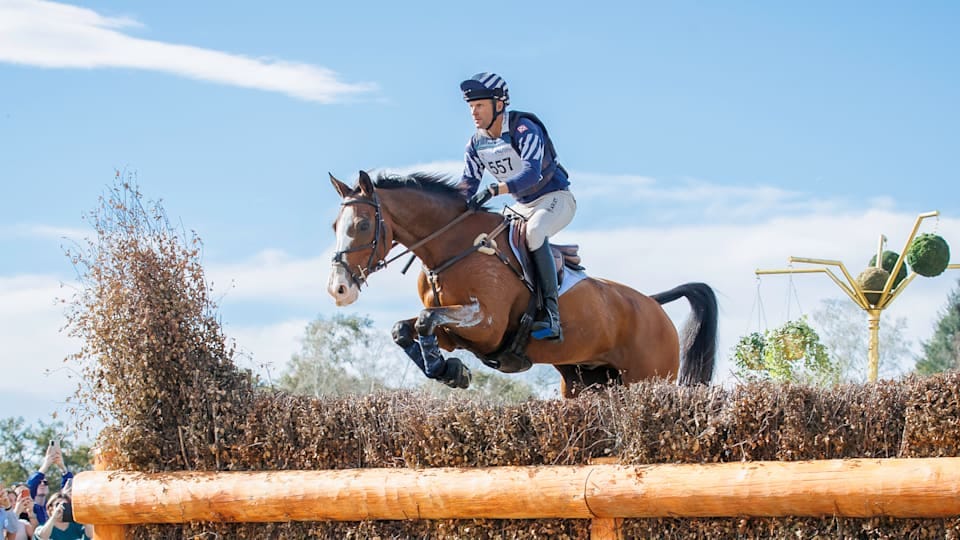From Saddles to Teams: The Gendered Decline in Equestrian Sports
From 2015 – 2022, equestrian sport participation from both genders has declined significant amounts. As seen in the graph below, male participation has dropped 23.65% and female participation has dropped 10.46% within the same period. Is the decline steeper for men due to stereotypes around the sport, or is it something completely different like a shift in interests as they grow up?
Traditional equestrian disciplines, such as show jumping, dressage, or eventing, are often practiced individually. However, could the rise of team equestrian sports like polo and mounted games, which combine competition with camaraderie, be drawing participants away from these individual pursuits? Games like polo or mounted games may attract riders, particularly young males, due to their emphasis on competition and teamwork.
It could be the appeal of competing in a team, that still incorporates a love for horses, which leads individuals away from solo equestrian sports. As seen in the graph below, there has been a small loss of participation across both genders in team sports, with 2015 seeing 2,745,100 participants (male) and 727,200 participants (female) compared to the 2,513,700 (male) and 741,400 (female) in 2022.
However, the lack of specific data breakdown, raises the possibility of overlooked shifts within the equestrian category, and the decline in team sports could be because of other factors altogether.
Team equestrian sports such as polo or mounted games almost act as a competitor within the broader equestrian landscape. There is a constant fight, from someone who used to be a show jumper and is now a polo player, whether to compete individually or try out a new discipline entirely. The structure, cost-sharing, and community of team equestrian sports could divert participants away from individual disciplines, especially at university.
Looking at specific gendered reasons for the decline, there are many societal perceptions of equestrian sports being considered feminine. This can mostly be seen using the term ‘horse girl’ which is meant to be derogatory towards women who ride horses. This discourages men from participating, as they perceive it as a women’s sport and fear judgment if they engage. This terminology is relatively new, taking a life of its own in internet culture, an urban dictionary entry hilariously describes it as this:
“A girl who wears t-shirts with horses on them and tapered denim pants, has really long hair which they braid and fasten with a scrunchie in the back of their head, will ‘gallop’ on the track during gym class, is only friends with other girls who like horses and will look down on you because you are not a horse.”
When it comes to women, a lot of us start off by learning to ride at a young age, which very naturally drifts into show jumping or dressage. However, a lot of women may feel they are missing out on that team experience, whether that be due to toxic yard experiences, or wanting to try out something new at university where there is a community built around the animal they love, rather than everyone for themselves.
There is no doubt that equestrian sports in general are very costly, men may see the price as unjustifiable without strong social or competitive incentives that are given in team equestrian sports, but if they have that incentive, why not just play rugby or football? This is likely the main reason for the male decline, and the continuous male popularity we see throughout the team sport data even in 2022.
You’re probably not surprised when I say that team sports like rugby and football have extreme male dominance through their promotion and ideologies. It has been said that football allows men two aspects of power, development of force and skill. This itself is automatically more appealing to most men, rather than a sport seen as female dominated.
While numbers are dropping for both genders, we can expect equestrian sports to have very low participation due to economic barriers in participation making it less accessible to those with lower incomes. The high cost of equipment, training, and access to horses’, limits participation for lower-income individuals, making it an inaccessible sport for many, particularly men who may already feel excluded.
This decline can cause many further implications for not only men and women riders but also the equestrian industry. There is a lot less media coverage of team equestrian sports, where in contrast you have the Olympics which only cover the solo disciplines such as show jumping which are mainly female dominated.
However, it should be noted that there are many males that perform extremely well in solo equestrian sports such as Boyd Martin who competes for the USA. The lack of media coverage of mixed-gender equestrian sports give the perception that equestrianism is exclusively a female-dominated activity. However, the limited visibility of polo and other mixed-gender equestrian sports means many individuals are unaware of the other opportunities within equestrian sports.
Equestrian sports are at a crossroads with high costs and shifting interests. For men, the cost and the perception of femininity causes them to deter from the sport. For women, solo disciplines may lack the sense of community that the team sports have to offer.
While sports like polo can offer a modern, inclusive and elite appeal to equestrianism it could inadvertently draw participants away from traditional equestrian disciplines. Limited media coverage of mixed equestrian sports compounds the issue making the broader landscape of equestrianism almost invisible unless you look for it. To secure the future of equestrianism, we must address stereotypes, promote inclusivity, and increase awareness of diverse opportunities within the sport. Only then can equestrianism continue to be a thriving diverse community we know and love.





